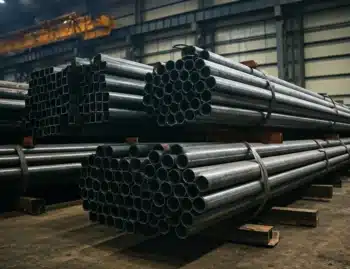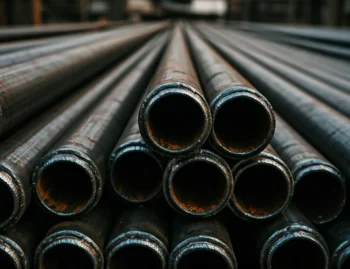
The War Between Steel and Aluminum
The competition between the steel and aluminum industries has become very intense. According to Reuters, aluminum comprises only 8% of the weight of the average car, so steel is still dominant. One-eighth of the steel produced in the world is used by the car industry.
The steel industry is fighting back with new high-tech steel. Steel sheets have been developed that are eight times as strong as conventional steel. High-tech, lightweight steel can go a long way in reducing the body weight of the car, but the aluminum industry says that aluminum will be the ultimate solution.
Steel has the inherent advantage of lower prices, being one-fourth the cost of aluminum. For several years aluminum has been used in motor blocks, transmissions and wheels. It is beginning to be used for body parts.
Ford F-150 Commits to Aluminum
The 2015 Ford F-150 has a “military grade,” aluminum alloy body and bed, but the frame still contains special high-strength steel.
According to ABC News, Ford states that “Overall, up to 700 pounds of weight have been saved, helping the F-150 tow more, haul more, accelerate quicker and stop shorter, and contributing to efficiency.”
Almost half of Ford’s North American product sales come from the sale of the F-series trucks. Public acceptance of an aluminum body will determine whether Ford retains their position as the top-selling truck in this country.
GM Making Switch to Aluminum
The Wall Street Journal reports that GM is planning an aluminum-bodied truck in 2018. GM had previously favored steel bodies, but they now appear to be following the lead of Ford. Aluminum may enhance the performance of the truck, but the jury is still out as to the overall superiority of aluminum over steel.
Aluminum Body Repair Expensive Burden for Body Shops
To repair vehicles with aluminum bodies, it will be necessary for body shops to spend hundreds of thousands of dollars for training and equipment for their personnel. Some smaller body shops will not be able to afford the expense. These costs will be passed on to car owners.
Since aluminum costs about four times as much as steel, the replacement parts will also be more expensive. Unavoidably, this will result in an increase in insurance premiums. Nevertheless, this seems to be the most practical way to meet the mandated mileage requirements.
Aluminum may never fully replace steel in the automotive industry, but it is destined to have a much larger share of the automotive market. The speed at which this happens depends upon the ability of the steel industry to develop high-tech steel and adapt to these challenges.
Photo by Ishikawa Ken / CC 2.0











